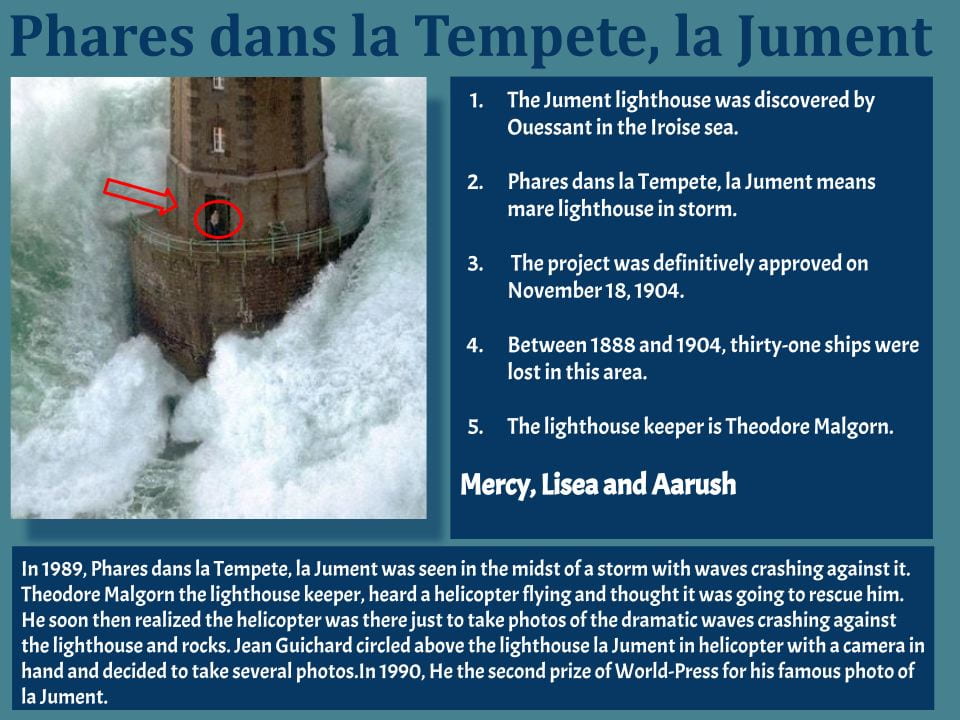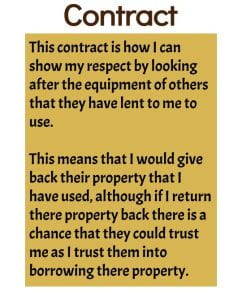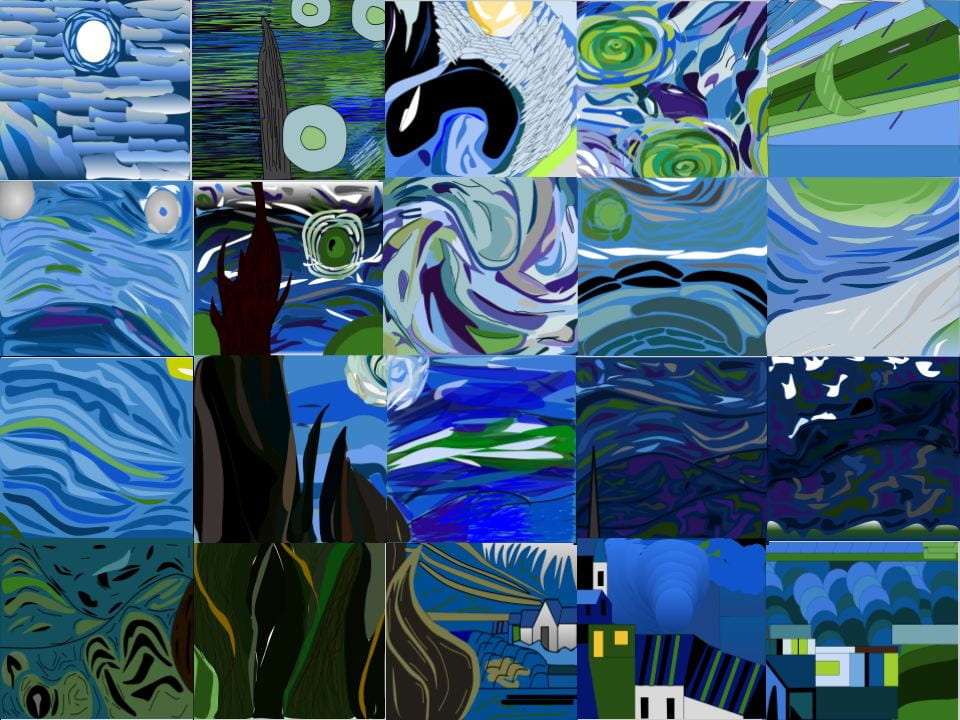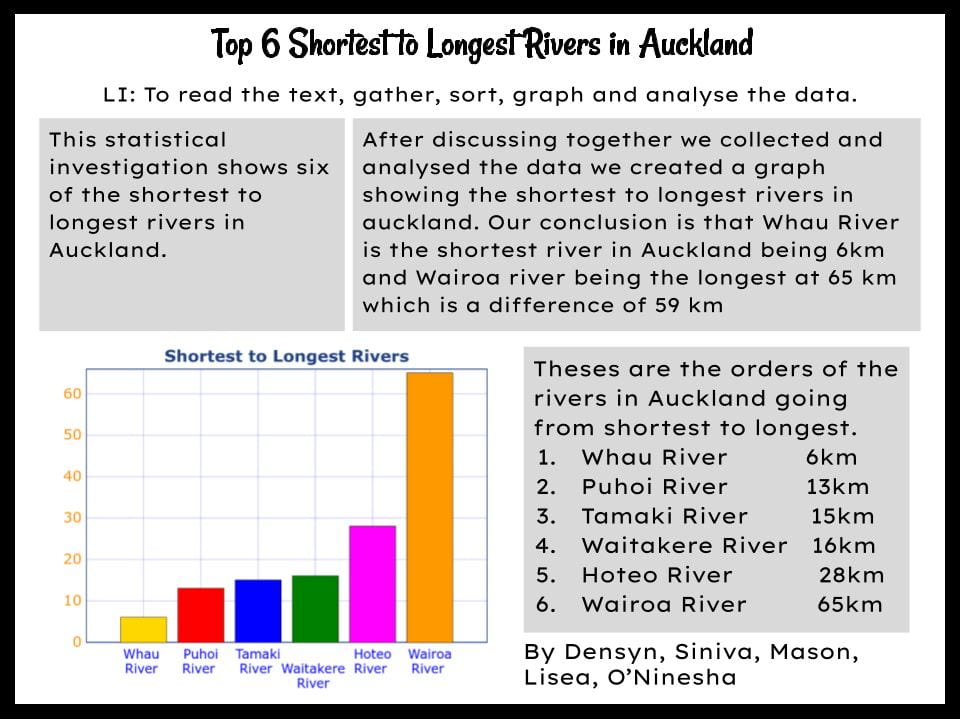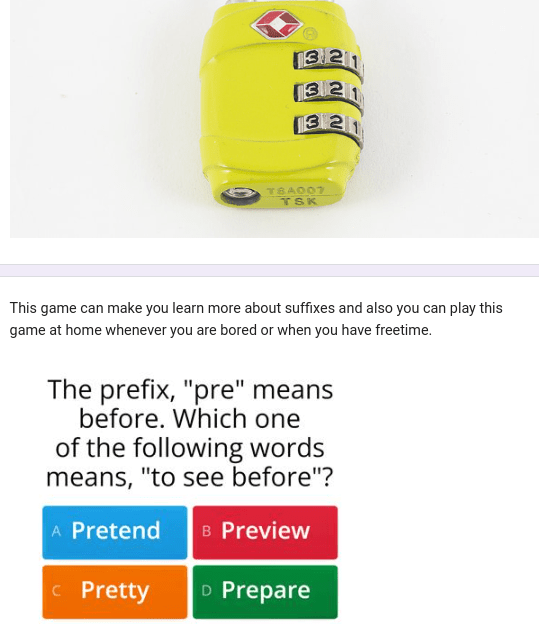LI: To use the 5 senses and personification to help us paint a picture with words.
LI: To understand that personification is to give an inanimate object human qualities
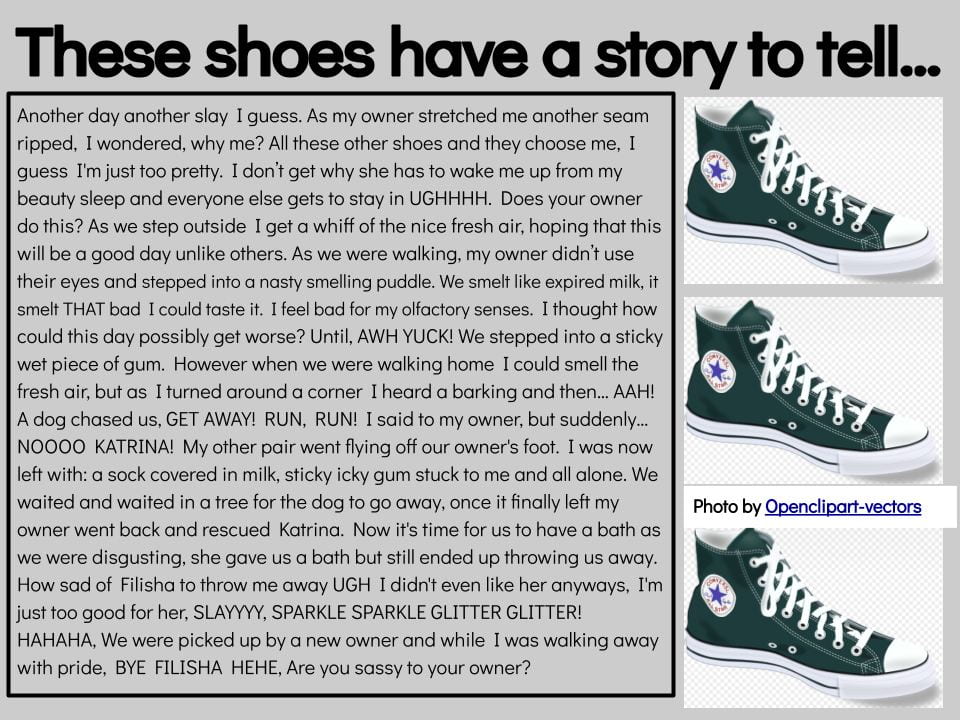
Our challenge was to co construct a text using personification and the senses to describe the story behind the shoes in this image. We sat back to back and weren’t able to talk to eachother as we were thinking of what to write next. Half way through Mrs Anderson challenged us to include a rhetorical question and a simile or metaphor, An example for this is my rhetorical question was :As my owner strected me another seam ripped, I wonderd why me?.
Once we had completed this part of the challenge we joined together with another group to share our writing and make sure what we had written made sense.
After that part of the challenge was finished we used the punctuation points game to see how many we have got correct and how many we had misplaced or didnt add them in. We marked eachother’s punctuation against the points table. We then had a chance to check our own work against the points table. That was fun because every point our partners missed menat we could take a point off theirs.
I found this activity fun because I really enjoyed how I got to experience writing back to back without speaking, also I really found it instresting how me and my partner (Keira) added some spice into it which made our shoes sassy.
